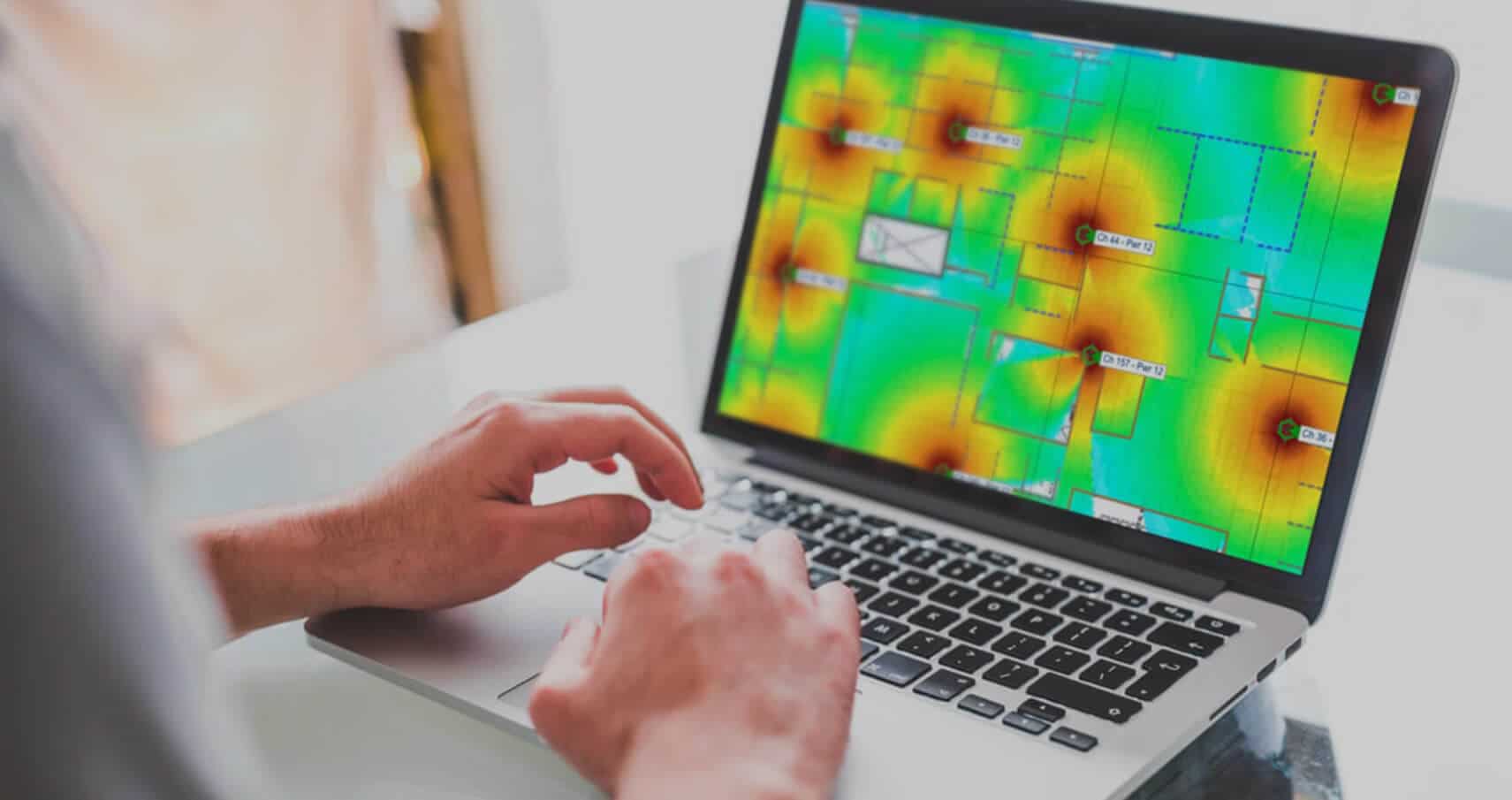What Is a
Wireless Network Site Survey?
A wireless network site survey involves gathering, analyzing, and interpreting data related to the wireless network environment in a specific location. The goal is to assess the area and determine the optimal placement for wireless devices (routers, access points, and other networking equipment).
Key aspects of a wireless network site survey include the following:
- Physical Environment Assessment: Examining the site's physical layout for obstacles that may affect wireless signal propagation.
- RF (Radio Frequency) Spectrum Analysis: Analyzing the radio frequency spectrum to identify sources of interference and choose the best channels for wireless communication.
- Signal Strength and Coverage Analysis: Measuring and mapping the signal strength and coverage throughout the site to ensure there are no dead zones or areas with weak wireless signals.
- Roaming and Handover Analysis: Evaluating how well devices can roam between different access points without losing connectivity.
- Device Placement Recommendations: Providing recommendations for optimal access point placement to achieve the desired coverage and performance.

What Is Heat Mapping?
In the wireless networking world, heat mapping involves geographical representations of wireless signal strength across a physical space. This visual tool is used during wireless network site surveys to identify areas with strong or weak wireless signal coverage.
Here is how heat mapping typically works in wireless network site surveys:
- Data Collection: During the site survey, measurements of signal strength, coverage, or other relevant metrics are collected at various locations. This data is usually collected using specialized tools or software running on mobile devices equipped with wireless adapters.
- Color Representation: The collected data is then translated into a visual representation using a color scale. Typically, warm colors like red and orange indicate stronger signals or higher values, while cool colors like blue and green represent weaker signals or lower values.
- Mapping: The color-coded data is overlaid on a floor plan or map of the surveyed area, creating a visual representation of the wireless environment. This map is known as a heat map.
- Analysis: By examining the heat map, network administrators can quickly identify areas with strong signals, potential interference, or coverage gaps. This information helps optimize access point placement, adjust transmit power levels, and address any issues that may impact network performance.
Why Do You Need Wireless Network Site Survey & Heat Mapping Services?
Wireless network site survey and heat mapping services offer several benefits for organizations planning, deploying, or optimizing their wireless networks. Here are some of the most significant advantages:
Let Us Be Your
Wireless Network Site Survey Company
OrlanTech offers superior wireless network site survey and heat mapping services in Orlando area. Contact us today to learn more or schedule a consultation.
Make IT Easy
-
Talk with an OrlanTech expert
-
Discover expert advice and fast support
-
Be safe, secure and productive



